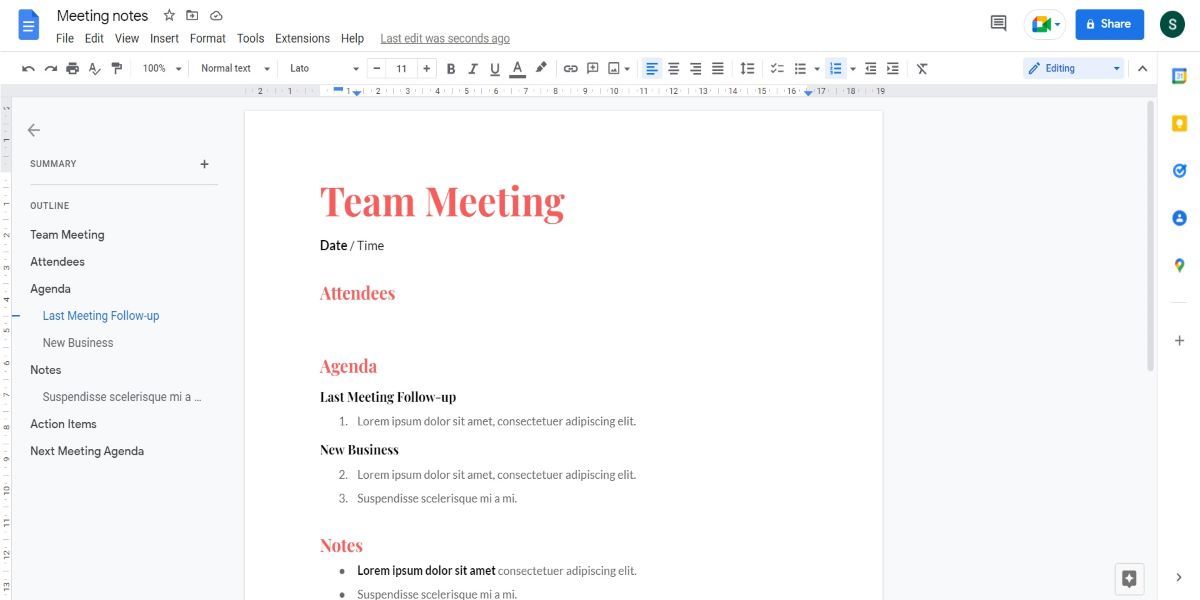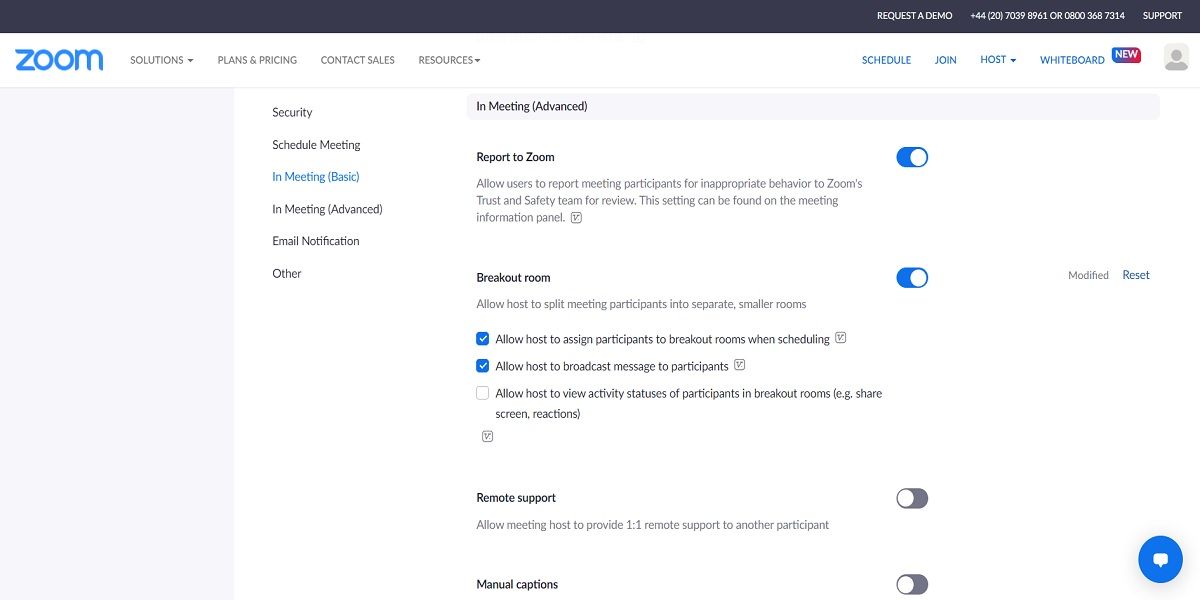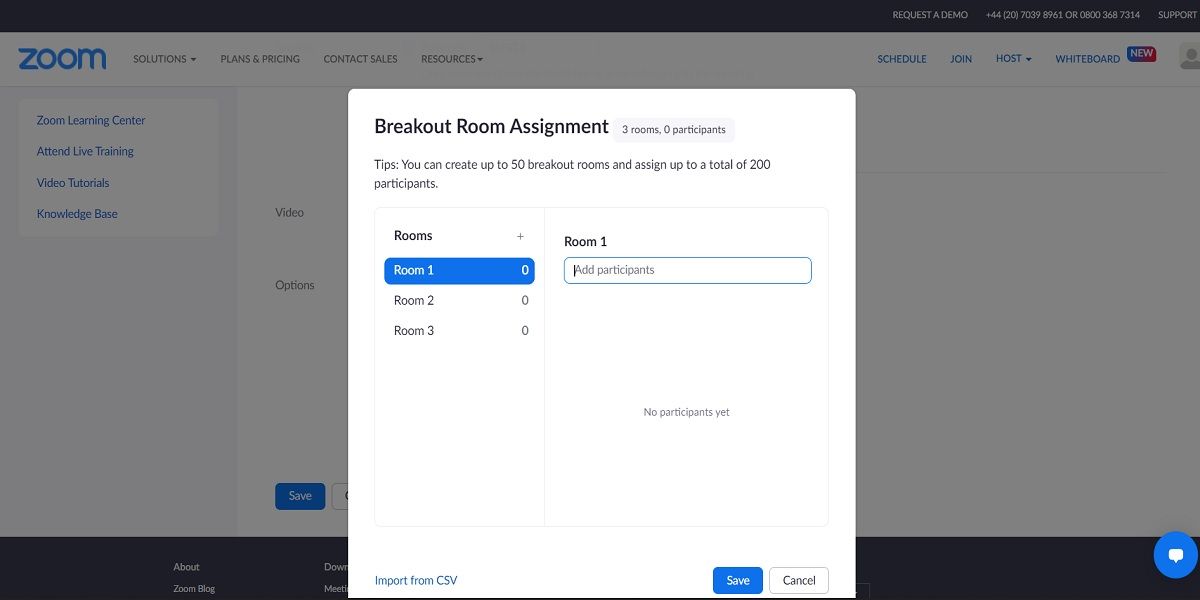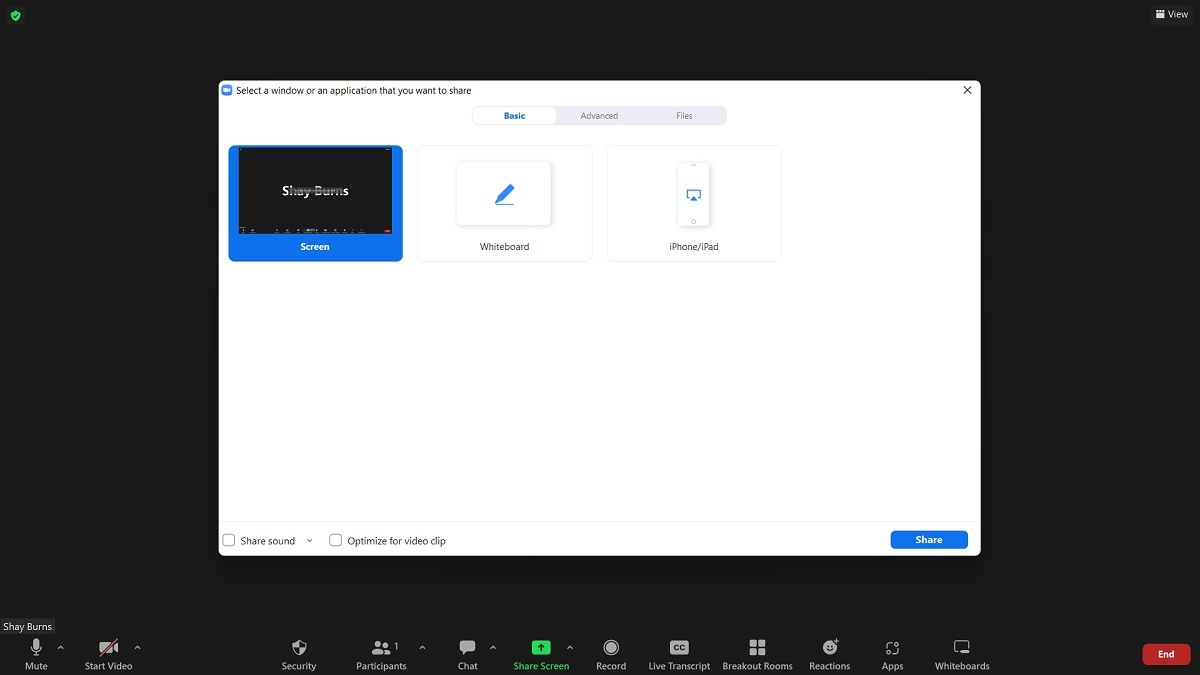Whether you're a manager, have a lead role in your company, or you're working on a project, chances are you'll need to facilitate team meetings. A great plus here, is that you can host your own meeting how you see fit.
Nevertheless, there are some big differences between face-to-face and remote meetings, which can make or break their efficacy. Here we look at some difficulties with facilitating remote team meetings, and how you can overcome them to run one effectively.
Pros and Cons of Facilitating Meetings Remotely
Video conferencing apps like Google Meet, Zoom, and Microsoft Teams, have made running meetings online very popular. With a click of a button, you're ready to go. There are many benefits to conducting team meetings virtually, including:
- Easy access to digital materials you need to share.
- Ability to record sessions.
- No time considerations for travel are required.
- No difficulties with booking rooms for meetings.
- You can meet with colleagues and external stakeholders from across the world.
And much more. However, there are also some barriers with this method, which can hinder productivity. Some examples might be:
- Technical issues with audio and video.
- Video conferencing fatigue.
- Communication struggles when there are lots of attendees.
- Delayed or lack of responsiveness from the team due to normal visual and auditory lag.
- Disruption of visual cues and body language.
There are some aspects of face to face conversation that just can't be replicated virtually. The good news is, you can optimize this experience with a few effective tips and tricks.
1. Create Organic Discussions With an Agenda
Having a plan for any team meeting is a must, regardless of how it is delivered. An agenda is simply a structured run-down of what needs to be discussed. Generally, these are shared with your attendees before the session. This can be via email, or with apps like Google Workspace, you can include the agenda in your calendar invite.
But, in order to run an effective remote meeting, you should avoid listing off updates and reminders to everyone. Instead, your agenda needs to be engaging and elicit discussion. Here are some ideas:
- Make time for a team check-in that is not related to work.
- Start with an open discussion topic that you know your team will have opinions on.
- Only include points that you want people to comment on.
- Keep the agenda short (people can only concentrate for a finite amount of time).
You don't need to do all of these every time, but they will definitely encourage organic conversation the more you do them.
2. Utilize Break Out Rooms
Usually, team meetings generally center around a specific agenda, and are focused on bringing the team together as a whole. Nevertheless, it's refreshing to break these traditions sometimes, and try something new.
Zoom, Microsoft Teams, and Google Meet all have the ability to create breakout rooms. These are mini meeting rooms within a meeting, so that your team can discuss things in smaller groups.
This is handy if you have a larger team, or meet with multiple teams at once. It also solves the issue mentioned previously about colleagues having communication difficulties when there are lots of attendees.
Breakout rooms aren't always suitable, for example, if you have fewer team members. You should also ensure that any discussion that takes place is necessary, rather than just to fill time. Once everyone has returned to the main meeting room, you are free to ask for feedback on your colleagues' discussions. This is so that you can gather the main points, and take them forward.
3. Present Information Using Share Screen
One difficulty with sharing information remotely, is that sometimes people just don't understand what you're saying. Therefore, instead of just telling your team what to do, why not show them? There are numerous benefits to sharing your screen in video conferencing apps, including:
- Provides a visual to your team.
- Accounts for different learning styles.
- Gives your team a chance to observe processes.
- Adds an extra layer of information, beyond an auditory explanation.
Nonetheless, this doesn't mean that you should just share your agenda on screen, as this is unlikely to grab your team's attention. Instead, consider which agenda items need explaining further, or need accompanying evidence. Some examples could be:
- If you've found that your staff aren't doing a task properly, show them how to follow a specific process.
- Presenting data and research.
- Training opportunities.
4. When to Host a Meeting vs. Sending an Email
There have been numerous studies conducted, which conclude that excessive meetings harm staff productivity, wellbeing, and motivation. How many times have you attended a video call that could've just been an email?
When you host a gathering, you are essentially interrupting your team's workflow and concentration. For this reason, you need to make sure the content is necessary. Video calls should be reserved for in-depth discussion, collaboration, and encouraging team engagement. Just because virtual meetings are easy to book and attend, doesn't mean you should rely on them.
Here are some instances where you can opt for video conferencing alternatives:
- Requesting feedback by sending out a Google Form.
- Utilize a messenger app or asynchronous communication apps for team status updates.
- Send an email with recent updates or news (that don't need discussion).
Sometimes your colleagues just want to have a break from typing, and talk to people instead. This is definitely something to consider, but don't waste that on meetings where everyone is on mute, listening to you speak.
Effective Remote Meetings Requires Planning
Hosting meetings over video conferencing apps requires slightly different planning compared to face-to-face ones. The difficulties mainly arise when there is a lack of consideration for the attendees.
However, any remote meeting can be effective with a fully-rounded agenda that utilizes time productively. This means exploring topics of discussion that truly interest everyone involved, and simply sticking to what is required. With the tips explored here, you'll have plenty of practical ways to host your remote gatherings, keeping them efficient, and relevant to all involved.







